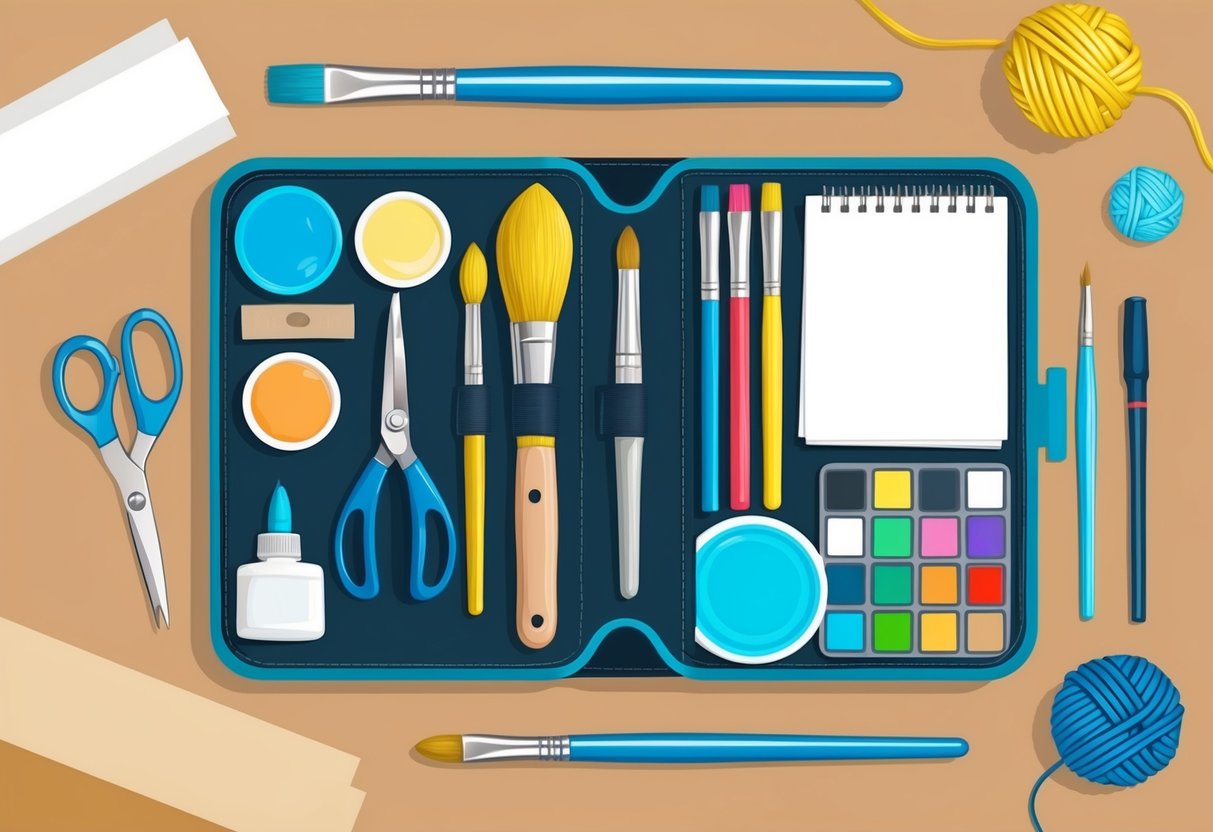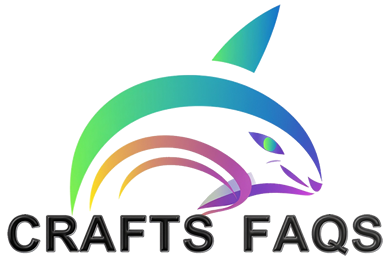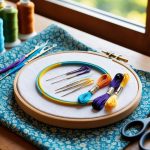
Basic Sewing Supplies
For anyone starting out in sewing, choosing the right materials can make all the difference. Reliable supplies help beginners develop skills and avoid frustration with faulty or inadequate tools.
Thread and Cotton Thread
Selecting the correct thread is essential for both hand and machine sewing. Standard all-purpose polyester thread works for most fabric types and is strong enough for everyday projects.
Cotton thread, on the other hand, is ideal for natural fabrics like cotton, linen, and muslin; it provides a softer, less stretchy finish compared to polyester. Quality matters, as low-grade thread can cause frequent breakage and uneven stitches.
Beginners should keep a small selection of neutral colors—white, black, and beige—to start, expanding to match specific project fabrics later. Using high-quality thread reduces lint buildup in both hand and machine work.
For visible topstitching or special effect seams, specialty threads like metallic or variegated may also be helpful.
Beginner Sewing Kit
A basic sewing kit should include sharp fabric scissors, straight pins, hand sewing needles, and a seam ripper. Scissors designed for fabric prevent frustration and ensure clean, accurate cuts.
Straight pins with colored heads are easy to handle and find, while a pin cushion or magnetic dish keeps them organized during use. A seam ripper is essential for fixing mistakes or correcting seams.
Fabric measuring tools like a clear ruler and soft measuring tape help with accurate marking and cutting. Additional items in a comprehensive beginner sewing kit could include marking chalk, a small cutting mat, and extra bobbins.
Keeping these basics at hand saves time and streamlines the sewing process for beginners.
Sewing Machine Essentials
A dependable sewing machine can significantly speed up garment construction and repairs. Beginners should review their machine’s accessories to confirm it includes extra bobbins, a universal presser foot, and both standard and ballpoint machine needles for various fabric types.
Having a supply of machine needles in sizes 70/10 to 90/14 ensures adaptability for both light and heavy materials. Keeping the machine clean with a small brush and ensuring it is oiled per the manual helps prevent breakdowns.
An iron is beneficial for pressing seams flat, which improves accuracy and the finish of any project. Following manufacturer instructions when threading, winding bobbins, and changing needles builds good habits for safe and successful machine sewing.
Pins, Safety Pins, and Fastening Tools
Fastening tools are important for keeping fabric and materials in place while cutting, sewing, or assembling craft projects. Having a good selection of pins, pin cushions, and safety pins makes it much easier to keep seams accurate, avoid shifting, and maintain control as you work.
Glass Head Pins and Pin Cushion
Glass head pins are a staple in any sewing kit. The glass head doesn’t melt under ironing, so users can press fabric pieces with the pins still in place.
These pins are slender and sharp, making them ideal for delicate or lightweight fabrics. They come in various lengths; longer glass head pins are useful for quilting or layering multiple fabrics.
Their distinct, colorful heads make them easy to spot and remove, reducing the risk of accidentally sewing over them or leaving one in a finished project. A pin cushion is essential for keeping pins organized and accessible during use.
A sturdy pin cushion helps prevent pins from rolling off the table or getting lost. Some pin cushions are filled with materials that help sharpen pin tips, while others feature wrist straps for convenience.
Keeping pins sorted by type on a pin cushion speeds up the sewing or crafting process.
Safety Pins
Safety pins are versatile fastening tools used for temporarily holding fabric layers together, especially when pins might bend or slip. Crafters use them in quilting, garment fastening, and even in making jewelry or attaching tags to textiles.
Unlike standard pins, safety pins securely lock closed, preventing accidental pricks or fabric damage. They come in a variety of sizes and materials, including stainless steel, which adds durability and a rust-resistant finish.
Safety pins are ideal for thicker fabrics or for fastening quilting layers before stitching, and are even suitable for attaching washing instructions or decorative elements, as seen in this sewing accessories kit.
Organizing safety pins by size in a small container can make them easy to locate for different tasks. This simple tool remains indispensable in crafting and sewing projects because of its reliability and ease of use.
Precision Measuring and Marking Tools
Accurate measurements and precise markings are fundamental to quality craftsmanship. Reliable measuring tape, specialized gauges, and purpose-designed fabric markers simplify the process and reduce mistakes.
Measuring Tape and Gauges
A sturdy measuring tape is indispensable in every beginner’s toolkit. The flexible, retractable tape allows for quick length checks on flat and curved surfaces.
Look for tapes with locking mechanisms and clear metric and imperial markings for versatility. Complementary to measuring tapes, measuring gauges deliver even finer precision.
Tools like a steel ruler, carpenter’s square, or marking gauge are crucial when transferring measurements or marking straight lines. Their rigid edges help achieve exact alignment, especially when accuracy is non-negotiable.
Unlike visual estimation, these tools support consistent results, whether cutting wood, measuring fabric, or laying out patterns. Beginners benefit most by selecting measuring tools with high-contrast markings and durable construction.
Visit this list of essential woodworking measuring tools for beginners for suggestions.
Table: Recommended Measuring Tools
| Tool | Use Case |
|---|---|
| Measuring Tape | General length measurements |
| Steel Ruler | Precision marking and cutting |
| Carpenter’s Square | Ensuring right angles |
| Marking Gauge | Accurate parallel lines |
Fabric Markers for Details
Fabric markers play an important role when accuracy and visibility matter on textiles, paper, or light woods. Unlike regular pens or pencils, fabric markers produce distinct, non-smudging lines that are usually washable or erasable.
This feature is crucial during sewing, embroidery, or quilting, as mistakes can be easily corrected without leaving stains. There are various types, including water-soluble, air-erasable, and heat-fading markers.
Each type suits a specific task, from marking darts in garment making to adding guide lines for appliqué work. It’s best to test a marker on scrap material first, ensuring it doesn’t bleed or cause permanent marks.
A fine-tipped marker delivers accuracy for intricate patterns, while broader tips are better for bold, easily visible lines. Having a selection in the toolkit prevents errors and improves both speed and confidence in measuring and marking activities.
For added precision, pair fabric markers with a straightedge or ruler to ensure lines remain true.



